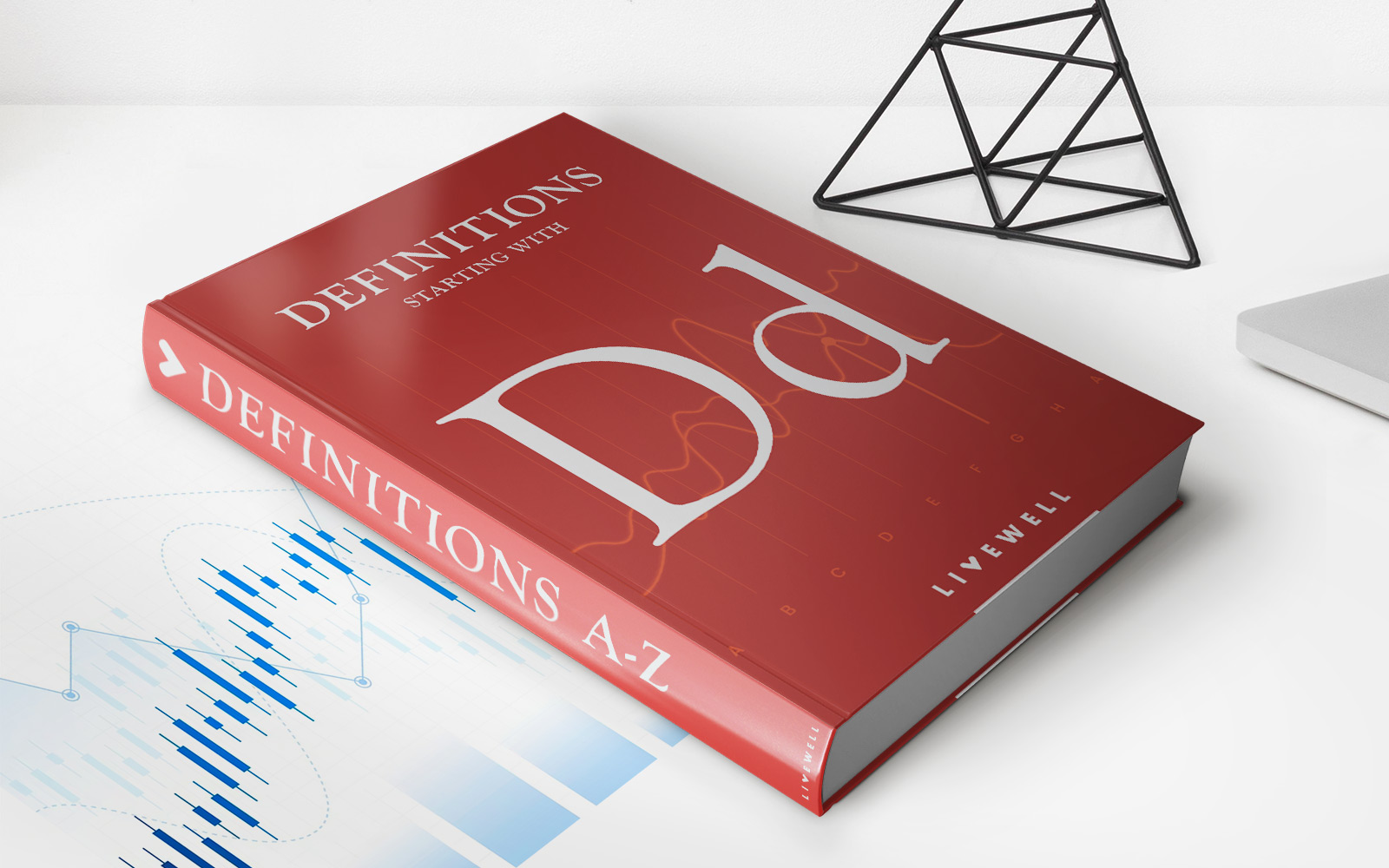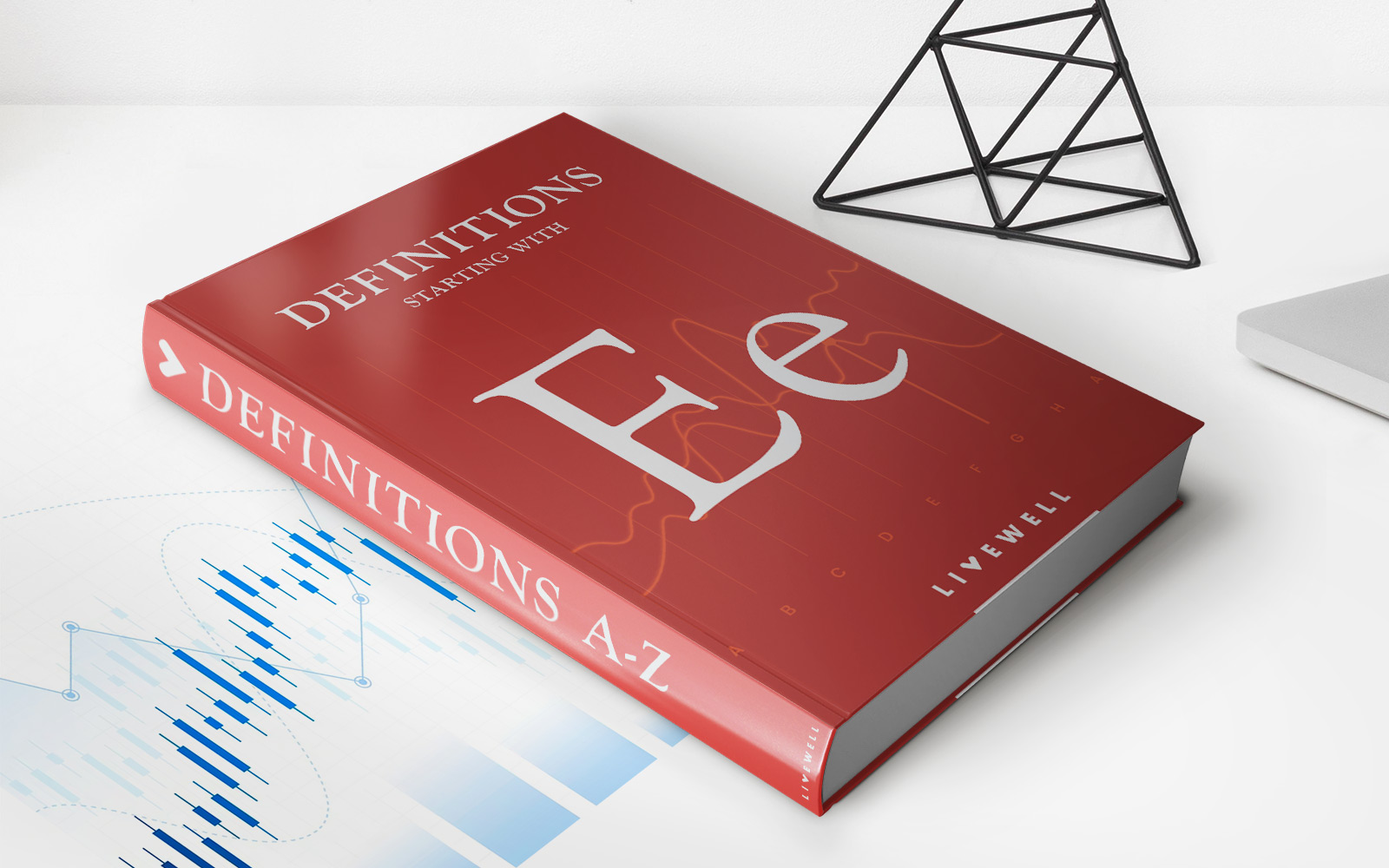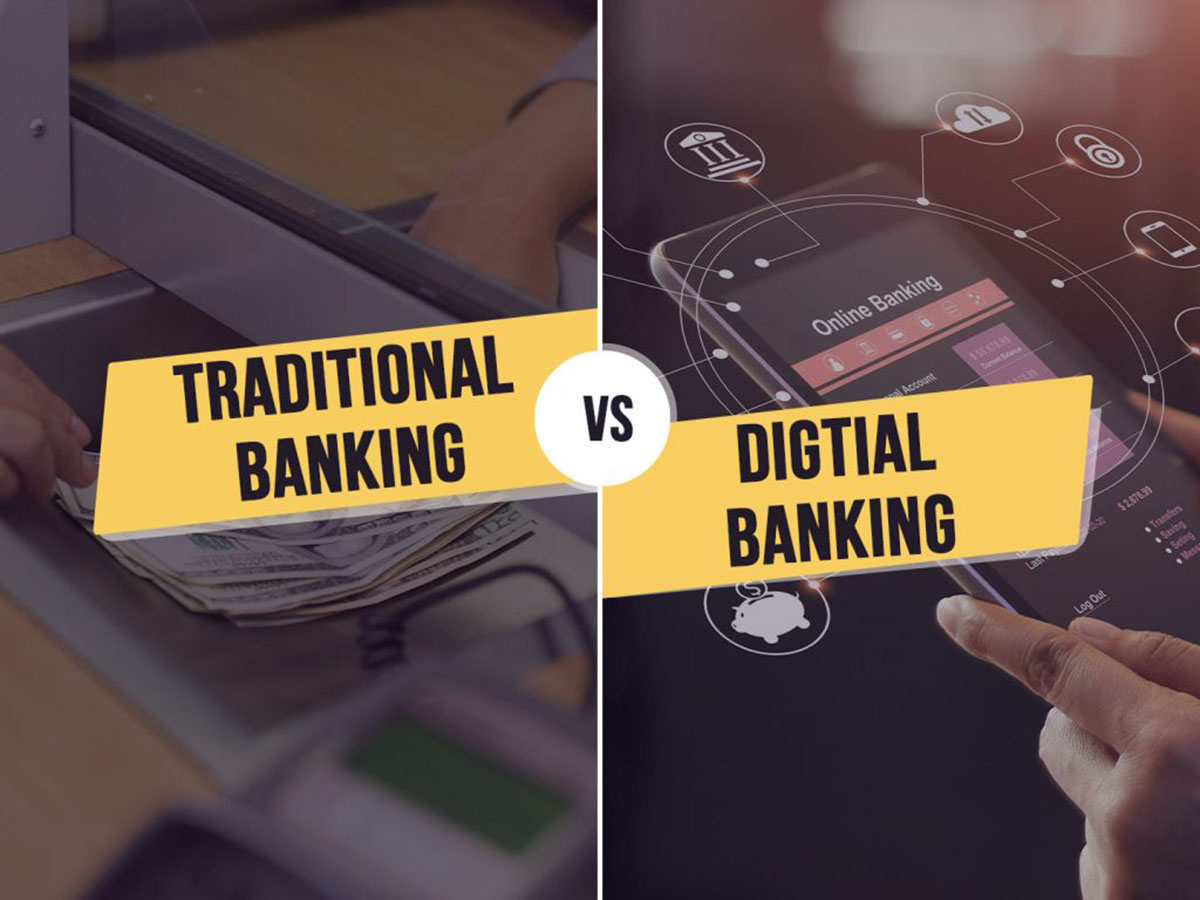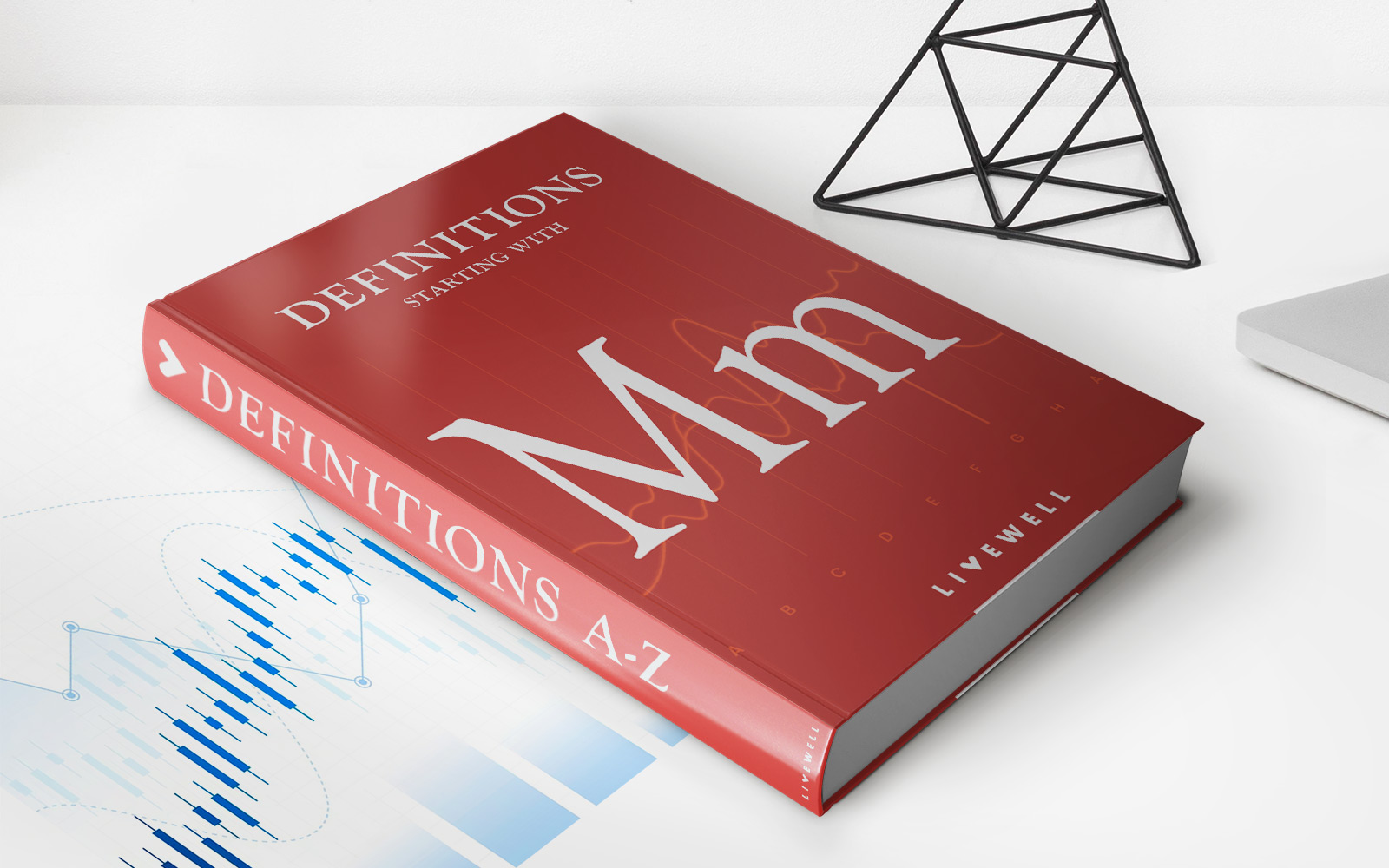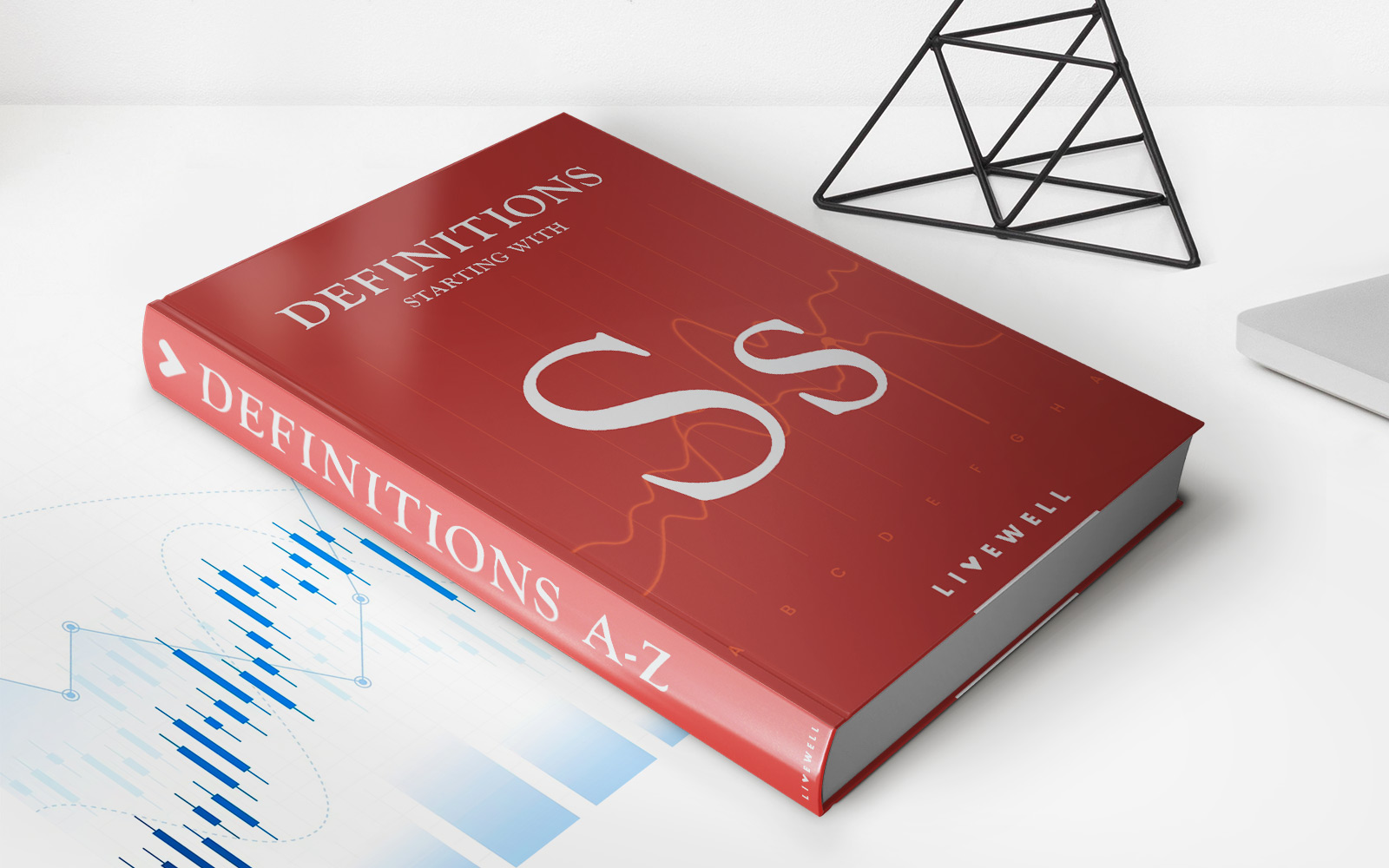Home>Finance>What Is An Electronic Benefits Transfer (EBT)? Definition And Use


Finance
What Is An Electronic Benefits Transfer (EBT)? Definition And Use
Published: November 17, 2023
Discover the definition and use of Electronic Benefits Transfer (EBT) in finance. Learn how this system helps individuals access government assistance and manage their finances efficiently.
(Many of the links in this article redirect to a specific reviewed product. Your purchase of these products through affiliate links helps to generate commission for LiveWell, at no extra cost. Learn more)
What Is an Electronic Benefits Transfer (EBT)? Definition and Use
Welcome to our FINANCE category, where we explore various aspects of personal and public finance. Today, we dive into the realm of electronic benefits transfer (EBT), a crucial system that helps individuals and families access government assistance programs. Whether you’re unfamiliar with EBT or looking for a deeper understanding, this blog post will provide you with a comprehensive definition and insight into its usage.
Key Takeaways
- Electronic Benefits Transfer (EBT) is a system that allows users to access government assistance benefits through a plastic card, similar to a debit or credit card.
- EBT cards are used to distribute benefits such as Supplemental Nutrition Assistance Program (SNAP) benefits, commonly known as food stamps, and Temporary Assistance for Needy Families (TANF) benefits.
So, let’s get started! What exactly is an EBT? Electronic Benefits Transfer (EBT) is an electronic system that enables individuals and families to access government-provided benefits using a plastic card, much like a debit or credit card. This system has revolutionized the process of distributing assistance benefits by replacing the traditional paper-based voucher system, making it more efficient and convenient for both recipients and administrators.
An EBT card is issued by state governments and loaded with benefits electronically. These benefits can vary but commonly include programs like the Supplemental Nutrition Assistance Program (SNAP), referred to as food stamps, and the Temporary Assistance for Needy Families (TANF) program. The cards are usually accepted at specific approved retail locations, including grocery stores, farmers’ markets, and other vendors that offer eligible products.
Using an EBT card is relatively straightforward. Just like a regular debit or credit card, recipients swipe or insert the EBT card into a point-of-sale (POS) device at participating establishments and enter a personal identification number (PIN) to authorize the transaction. The purchase amount is then deducted from the available EBT balance. It’s important to note that EBT benefits can only be used to buy items approved under the specific assistance program, such as food items that meet nutritional guidelines.
EBT brings several advantages to both users and the government. For recipients, it offers an easier way to access and manage their benefits, eliminating the need for paper vouchers and reducing the stigma associated with public assistance. The system also provides real-time information on benefit usage, allowing individuals to track expenses and budget more effectively.
From an administrative perspective, EBT streamlines the benefit distribution process, significantly reducing the costs and potential for fraud associated with paper-based systems. The electronic nature of EBT allows for improved data collection and analysis, enabling governments to make informed decisions about program design, eligibility criteria, and resource allocation.
In conclusion, electronic benefits transfer (EBT) plays a vital role in providing individuals and families with access to essential government assistance programs. By simplifying benefit distribution and offering increased transparency, EBT benefits both recipients and government agencies alike. Whether it’s SNAP for food assistance or TANF for temporary financial aid, EBT ensures that those in need can receive vital support efficiently and with dignity.
Thank you for reading our blog post on electronic benefits transfer (EBT). Stay tuned for more informative content in our FINANCE category!
